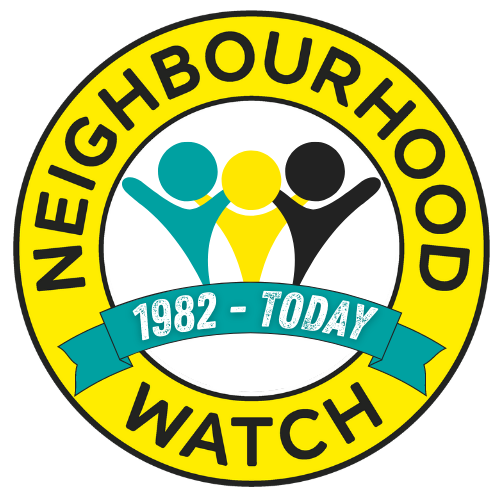Neighbourhood Watch members may want to consider using Facebook to create a community group for these reasons:
-
Facebook has over 2.7 billion monthly active users, making it a great platform to connect with a large audience and reach potential members.
-
Creating a Facebook group is a simple and straightforward process, and the platform is designed to be user-friendly, even for those who are not tech-savvy.
-
Facebook groups offer a range of customization options, including privacy settings, group rules, and membership approvals, allowing group admins to tailor the group to their specific needs.
-
Facebook offers a range of features that can be useful for community groups, including the ability to create events, share files and documents, and even fundraise.
-
Facebook is accessible from a range of devices, including smartphones and tablets, making it easy for members to stay connected and engage with the community on-the-go.
Overall, Facebook is a popular platform for creating community groups due to its large user base, ease of use, customizable settings, multiple features, and accessibility
While Facebook offers several benefits for creating a community group, there are also some risks that should be considered:
-
Facebook has faced several privacy concerns over the years, including issues related to data breaches and unauthorized access to user data. As a group admin, it is important to be aware of the privacy settings and regularly review and update them as needed.
-
Facebook groups can sometimes attract members who post inappropriate or offensive content, which can be harmful to the group's reputation. Group admins should have clear guidelines and moderation policies in place to address any inappropriate content.
-
With a large and diverse group, there is always a risk of conflicts arising between members. It is important for the group admin to actively monitor the group's interactions and step in to resolve any issues that arise.
-
Since Facebook is a third-party platform, there is always a risk that it could change its policies or shut down the group. It is important for group admins to have a backup plan in place in case this happens, such as migrating to a different platform.
-
Facebook displays advertisements to its users, and while this is not directly a risk, it can be a source of annoyance or distraction for group members. Group admins should be aware of the types of advertisements that are being displayed to their members.
Overall, while Facebook can be a useful platform for creating a community group, it is important to be aware of the potential risks and take steps to mitigate them. Group admins should have clear guidelines and moderation policies in place, monitor the group's interactions, and have a backup plan in case the group needs to be migrated to a different platform.
Having considered whether a Facebook group is a possible choice how is a group started?
You will need the create your account if you do not already have one.
-
Go to www.facebook.com on your web browser.
-
On the Facebook homepage, you will see a sign-up form. Enter your first name, last name, email or mobile phone number, password, date of birth, and gender in the appropriate fields.
-
Click the "Sign Up" button.
-
Facebook will send a confirmation code to the email or mobile phone number you provided. Enter the code in the space provided on the Facebook page.
-
Click the "Continue" button.
-
On the next page, Facebook will prompt you to add friends by syncing your email contacts or by searching for people you may know. You can skip this step and do it later if you prefer.
-
Next, you will be asked to upload a profile picture. You can choose to skip this step and do it later if you prefer.
-
Facebook will then prompt you to add more information to your profile, such as your school or workplace. You can skip this step and do it later if you prefer.
-
Once you have completed these steps, you will be taken to your Facebook homepage, and your account will be created.
Note that you may need to verify your account by providing additional information if Facebook suspects that your account is not authentic. This may involve submitting a photo of yourself or answering security questions. You now have a Facebook account and can start connecting with friends and family, joining groups, and sharing content.
You can then create your community group using these steps:
-
Log in to your Facebook account and go to your homepage.
-
On the left-hand side of the page, click on "Groups" under the Explore section.
-
Click the "Create Group" button in the top-right corner of the Groups page.
-
Choose a name for your group, and select the privacy settings you prefer. There are three types of groups: Public, Closed, and Secret. A Public group is visible to anyone on Facebook, and anyone can join without approval. A Closed group is visible, but membership requires approval. A Secret group is not visible to anyone but its members, and membership requires approval.
-
Choose the category that best fits your group's purpose, and add tags to help people find your group.
-
Add members to your group by typing in their names or email addresses. You can also skip this step and add members later.
-
Customize your group's settings by uploading a profile picture, writing a group description, and adding additional information, such as group rules.
-
Click the "Create" button, and your Facebook group will be live!
Once your group is set up, you can invite more members, create posts, and manage your group's settings from the group's homepage
